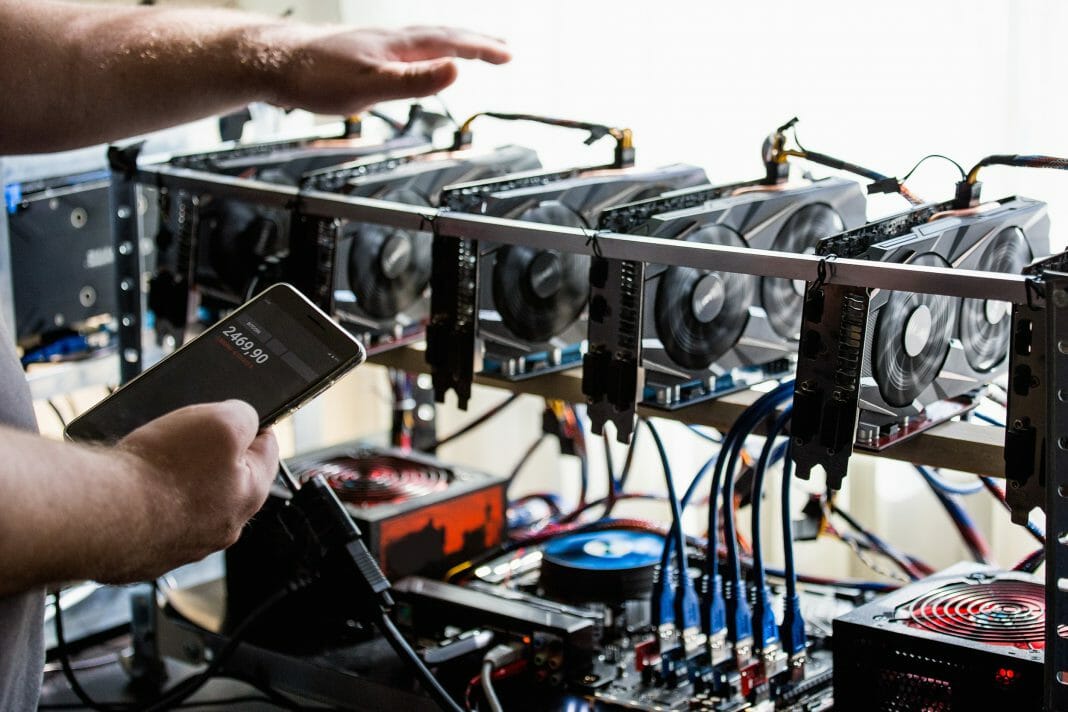The world of Blockchain and cryptocurrencies from the academic perspective.
The purchase and sale of cryptocurrencies have positioned itself in the field of investments as one of the main one’s today, and it shows to be a practice that seems willing to stay. But, how do they work and how do they operate in the market?
Daniel Díaz and Patricia Sepliarsky, professors of Information Systems and Data Processing at the Faculty of Economic Sciences and Statistics of the National University of Rosario, explained how this new type of exchange works, and how they operate in the market.
Both professionals have extensive experience in the field of economics. Díaz has worked as an advisor to the Central Bank of the Argentine Republic, the Central Bank of Chile, the Banking and Securities Commission of Mexico, the Secretariat of the National Treasury of Brazil, and currently in the Central Bank of Uruguay, in addition to being distinguished for his investigative task by the Chamber of Deputies of Argentina.
Sepliarsky has worked as a data analyst in the areas of design and implementation of systems in leading companies in the field, as well as a researcher on projects focused on the predictability analysis of bankruptcies on Big Data of a financial nature.
Blockchain Explained
The researchers explained that Blockchain is the technology that emerges to support cryptocurrencies, and its name comes from the term blockchain. “It is a program that is copied many times on computers connected to the Internet. For example, Bitcoin is estimated to have about 12,000 servers constantly working around the world. Each of these programs records a transaction from one account to another. The accounts are anonymous, so you don’t know who’s on the other side,” explained Díaz.
“It is a chain of blocks because each block groups transactions, reports and is linked to the previous one, then they are ‘chained’ to each other so that no record is lost or altered, simulating the old manual journal, where transactions were recorded. That’s the same mechanism that cryptocurrencies use to work,” added Sepliarsky.
Díaz explained that, in this step, the already famous “miners” appear, whose job is to group the transactions into blocks where they are permanently registered. “It’s an incredible job of cryptography, with a high demand for computing resources, and in that way, all the servers coordinate every ten minutes and see the same information. That is, it is a distributed unified registry and it assures users that it that was recorded cannot be altered or deleted”.
Advantages and Disadvantages of Cryptocurrencies
The first advantage is that they have a low transaction cost. “There is an example that a very clear author provides to graph it: suppose a person must transfer money to his family who is in another country. Today, to do so, you have to resort to an international money transfer system that charges a good percentage to do it and it takes a certain time to get to its destination, on the other hand, the cryptocurrency system has the advantage that the transaction is carried out instantly at a very low cost since the commission paid is approximately less than one per thousand”, Diaz explained.
Another issue involves atomicity, that is, small transactions can be made without minimum amounts, which is often called microfinance at the international level.
Meanwhile, the disadvantages go through the non-identification of users. Many currencies have volatility in their price and this characteristic often represents a risk, especially for those who are not fully involved in this world.
Anyway, before deciding to invest in cryptocurrencies, it is worth doing your own research.
By Audy Castaneda









